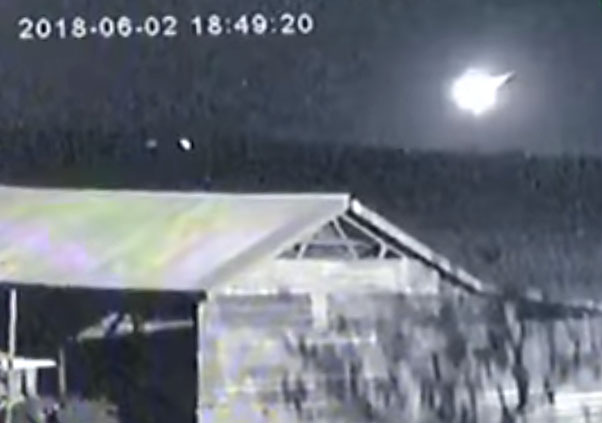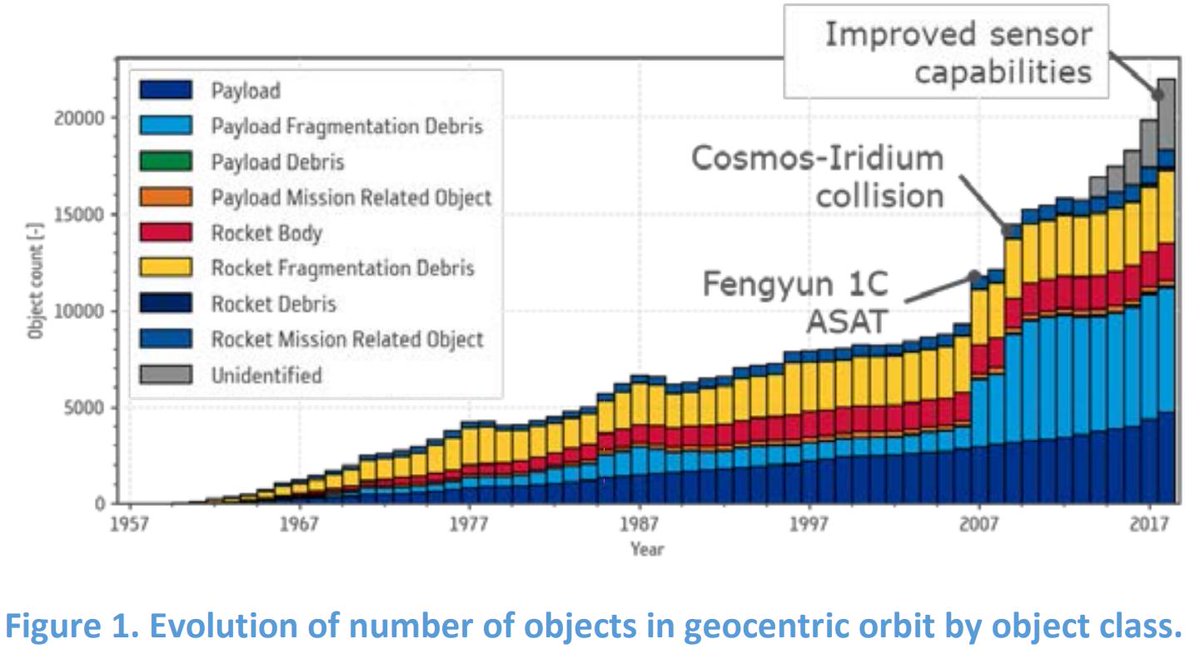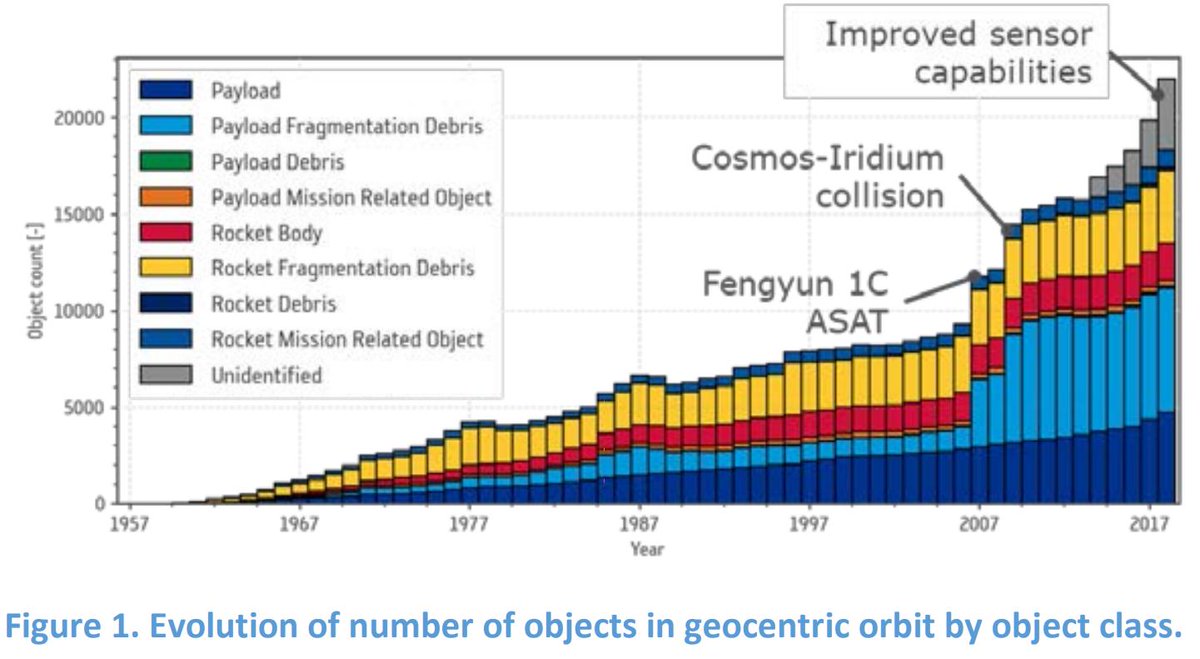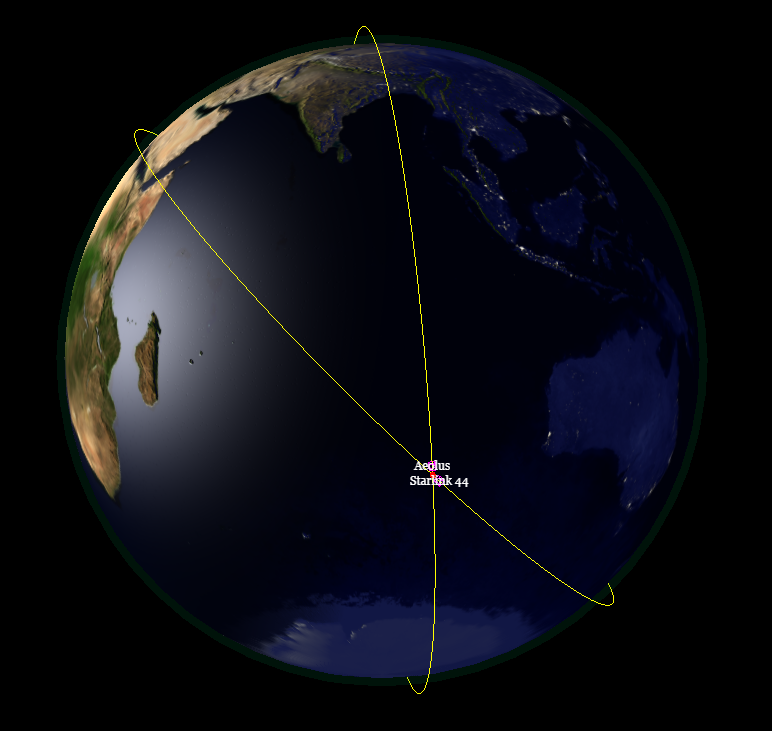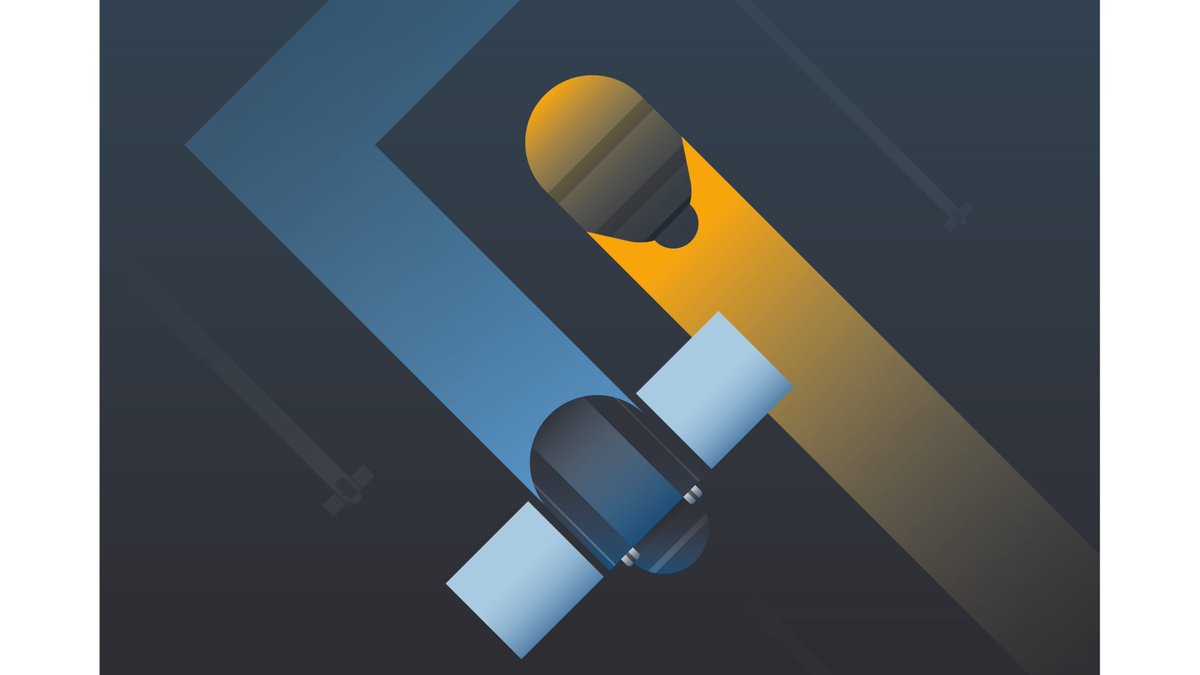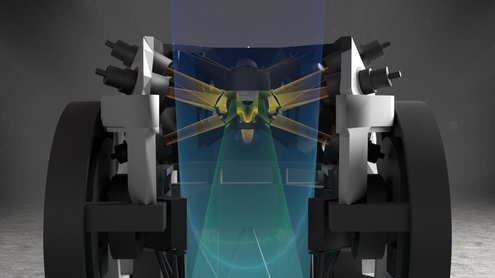
On Monday, for the first time, we performed a set of manoeuvres to avoid a high-risk collision w. #SpaceDebris created in the #Cosmos1408 anti-satellite test last year.
This was a difficult #CollisionAvoidance manoeuvre.👏👏to our #Sentinel1A Control Team & Space Debris Office
This was a difficult #CollisionAvoidance manoeuvre.👏👏to our #Sentinel1A Control Team & Space Debris Office

#CollisionAvoidance monitoring is unfortunately routine work at #MissionControl, and our teams are well-practiced in reacting to high-risk events.
This near head-on #collision was however unique; the situation evolved rapidly, was tricky to avoid, AND we had <24 hrs warning
This near head-on #collision was however unique; the situation evolved rapidly, was tricky to avoid, AND we had <24 hrs warning
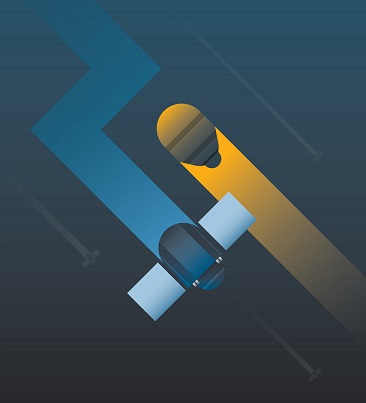
Sentinal-1A, part of the @CopernicusEU Sentinel-1 radar observatory providing day-and-night images of Earth’s surface, had its orbit altered by 140 m in order to prevent collision with a debris fragment ~several cm in diameter
#CollisionAvoidance
#SpaceSwerve
#CollisionAvoidance
#SpaceSwerve
Even though the Cosmos satellite orbited more than 200km below #Sentinel1, the energy released during its explosion pushed fragments of it all the way up, intersecting our orbit.
Quick reaction by teams at #MissionControl, who managed to plan and execute an avoidance manoeuvre in a matter of hours, meant we safely avoided impact
#SpaceSafety
#SpaceSafety
This incident highlights the devastating risks to the whole space environment from the (intentional) creation of space debris
#ResponsibleSpace
#ResponsibleSpace
• • •
Missing some Tweet in this thread? You can try to
force a refresh







